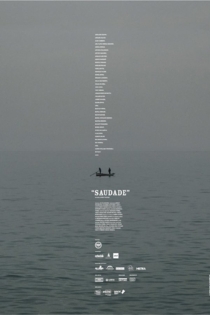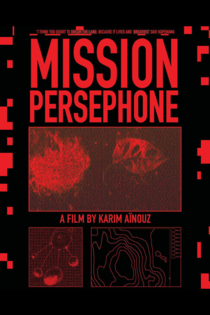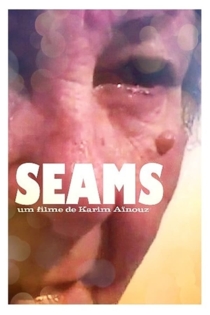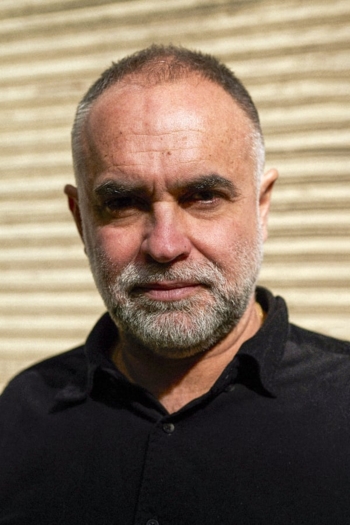
Karim Aïnouz
1966 (59 лет)Cinema em 7 Cores
Felipe Tostes, Rafaela Dias
Karim Aïnouz, Monique Lafond
Cinema in 7 Colors traces an historical panorama of how the queer people were portrayed in the Brazilian silver screens, from its origin in the chanchadas of the 1950s up to the present day. The film investigates the origins of the prejudices, stereotypes, as well as the importance of the identification with constructive representations of these characters.
Cinema in 7 Colors

O Primeiro Dia do Resto da Minha Vida
Karim Aïnouz
Andréia Horta, Vinicius Zinn
Two years after her arrival in São Paulo, Alice continues her relationship with Nicholas and has begun to look for a place where they can live together. She has also launched a business that produces children's shows, and a stable life seems to be taking shape. But as she goes about the apartment search and shares in the loves and uncertainties of old and new friends, what she observes leaves her far less certain of her decisions and her future.
Alice Especial, Part 1: The First Day of the Rest of My Life

Um Filme de Cinema
Walter Carvalho
Ariano Suassuna, Ruy Guerra
An abandoned tumbledown theater in the outback of Paraíba state is the initial setting of a film about cinema, which explores the testimonials of the novelist and playwright Ariano Suassuna and other filmmakers such as Ruy Guerra, Julio Bressane, Ken Loach, Andrzej Wajda, Karim Ainouz, José Padilha, Hector Babenco, Vilmos Zsigmond, Béla Tarr, Gus Van Sant and Jia Zhangke. They all respond to two basic questions: why do they make movies and why do they serve the seventh art. The filmmakers share their thoughts about time, narrative, rhythm, light, movement, the meaning of tragedy, the audience‘s desires and the boundaries with other forms of art.
About Cinema
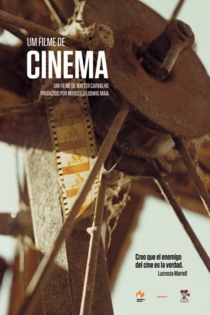
Invisible Life
Karim Aïnouz
Carol Duarte, Julia Stockler
Rio de Janeiro, Brazil, 1950. In the conservative home of the Gusmão family, Eurídice and Guida are two inseparable sisters who support each other. While Guida can share with her younger sister the details of her romantic adventures, Eurídice finds in her older sister the encouragement she needs to pursue her dream of becoming a professional pianist.
Invisible Life
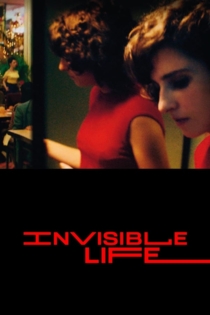
Crítico
Kleber Mendonça Filho
Aki Kaurismäki, Alain Riou
Seventy critics and filmmakers discuss cinema around the conflict between the artist and the observer, the creator and the critic. Between 1998 and 2007, Kléber Mendonça Filho recorded testimonies about this relationship in Brazil, the United States and Europe, based on his experience as a critic.
Crítico

Viajo Porque Preciso, Volto Porque Te Amo
Marcelo Gomes, Karim Aïnouz
Irandhir Santos
José Renato, a 35-year-old geologist, is sent out on a solitary expedition to the hinterlands of northeastern Brazil. The purpose of the trip is to assess possible routes for a canal that will connect the area with the only major river in the region. As the field trip progresses, it becomes clear that Renato shares with those places the same emptiness, sense of abandonment and isolation.
I Travel Because I Have to, I Come Back Because I Love You

Algerien par accident
Karim Aïnouz
Using his personal background, Brazilian Karim Aïnous invites the audience to follow/discover an incredible journey through space and time, with an original and usually unknown prism/aspect : The strong bound between Algeria and Brazil, two countries with political and revolutionary strikes that mould their evolution.
Mariner of the Mountains

O Céu de Suely
Karim Aïnouz
Hermila Guedes, João Miguel
In northern Brazil, Hermila patiently waits for her husband. However, he has abandoned her. Sexy, restless and resolute, she raffles off "a night in paradise" with herself. This beautifully-shot portrait doesn't shy away from the burdens of a young scarred woman, but it also celebrates her courage to live according to her own rules.
Love for Sale

Diego Velázquez ou le Réalisme Sauvage
Karim Aïnouz
Arthur H.
He was ceaselessly in search of the human truth through the treatment of the light and the space and in the way he roams around things. His work full of boldness marks an essential stage in the history of paint.
Velázquez – Wild Realism
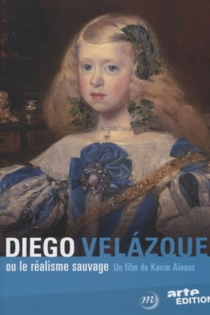
Madame Satã
Karim Aïnouz
Lázaro Ramos, Marcélia Cartaxo
A story inspired by the life of one of the most remarkable figures in Brazilian popular culture, João Francisco dos Santos (1900-1976). In turn, bandit, transvestite, street fighter, brothel cook, convict and father to seven adopted children, dos Santos – better known as Madame Satã – was also a notorious gay performer who pushed social boundaries in a volatile time.
Madame Satã
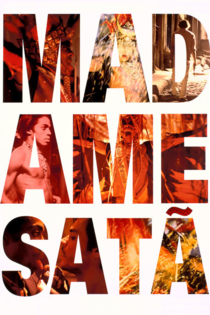
Desassossego (Filme das Maravilhas)
Helvécio Marins Jr., Raphael Mesquita
Rômulo Braga, João Pedro Zappa
An experimental collective film lasting little more than an hour, compiled from 10 episodes by a total of 14 different young Brazilian filmmakers. The project was an initiative of the directing duo Felipe Bragança and Marina Meliande, who sent a ‘letter of concern’ to inspire the participants. In it, a 16-year-old girl wrote about her dreams, which have been translated by the directors into films about love, youth and the possibilities of cinema.
Neverquiet (Film of Wonders)

Cathedrals of Culture
Michael Glawogger, Michael Madsen
Meret Becker
"If buildings could talk, what would they say about us?" CATHEDRALS OF CULTURE offers six startling responses. This 3D film project about the soul of buildings allows six iconic and very different buildings to speak for themselves, examining human life from the unblinking perspective of a manmade structure. Six acclaimed filmmakers bring their own visual style and artistic approach to the project. Buildings, they show us, are material manifestations of human thought and action: the Berlin Philharmonic, an icon of modernity; the National Library of Russia, a kingdom of thoughts; Halden Prison, the world's most humane prison; the Salk Institute, an institute for breakthrough science; the Oslo Opera House, a futuristic symbiosis of art and life; and the Centre Pompidou, a modern culture machine. CATHEDRALS OF CULTURE explores how each of these landmarks reflects our culture and guards our collective memory.
Cathedrals of Culture
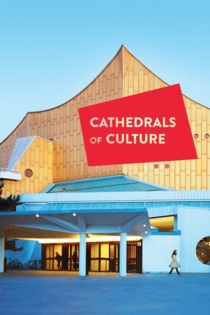
Sertão de Acrílico Azul Piscina
Marcelo Gomes, Karim Aïnouz
A trip, sort of a daydream in the Brazilian badlands. Remote places reveal traditions and customs of a landscape that is at once primitive and contemporary, regional and globalised.
Pool Acrylic Blue Hinterland

